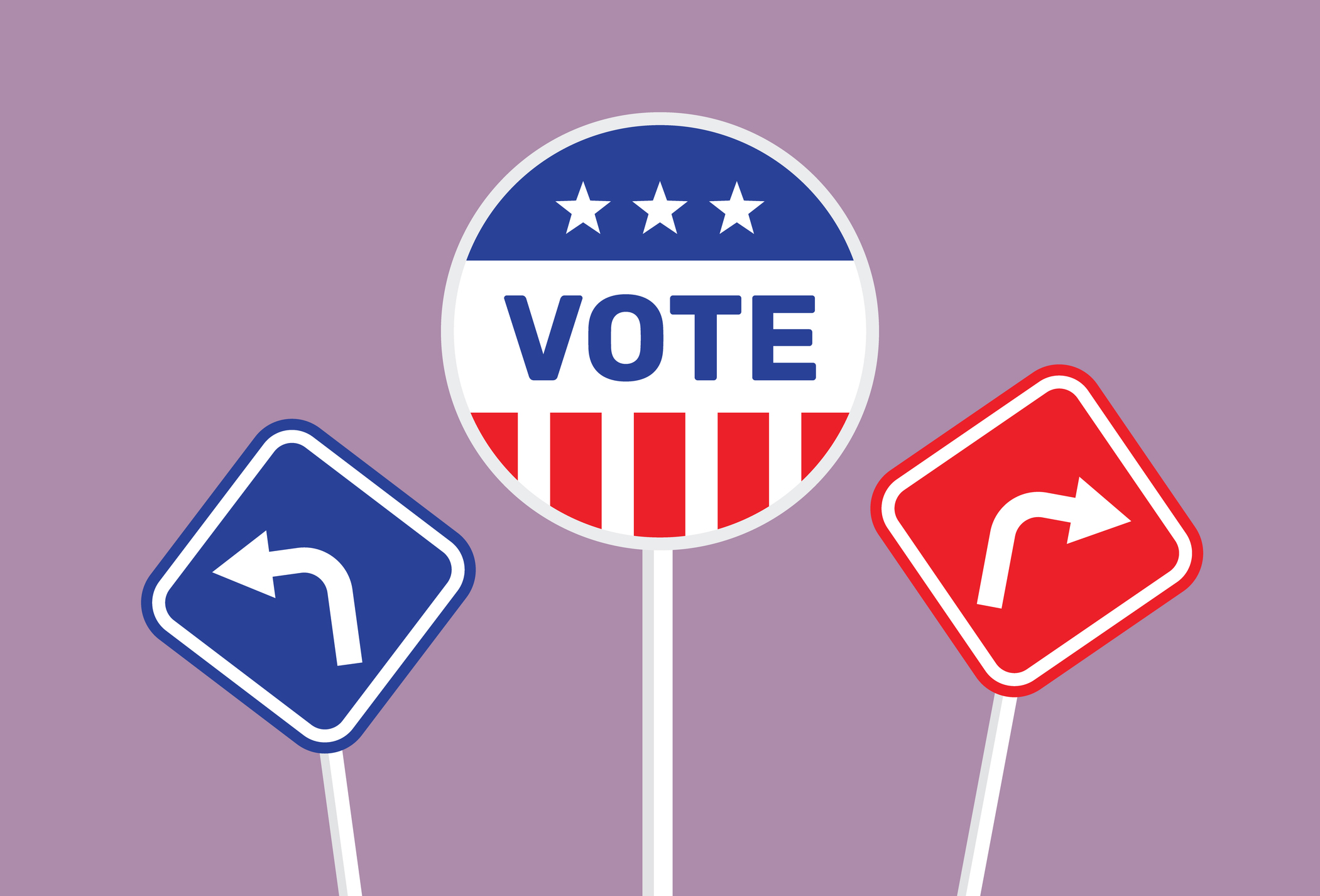529 Savings Plans Have More Uses -- But States Need to Catch Up
The new federal tax law allows families to use 529 college plans to pay tuition for kindergarten through high school. But doing so before state laws are revised to reflect the new rules could trigger a tax and a penalty.

Question: What are the new rules for using money in a 529 college-savings plan for kindergarten through 12th-grade expenses, rather than just college?
Answer: The new tax law expanded the definition of eligible expenses for 529s. You can now withdraw up to $10,000 from a 529 each year tax-free to pay tuition for kindergarten through 12th grade. You can still use 529 money tax-free for college expenses, too, with no annual limit. Eligible college expenses include tuition and fees, room and board (even an off-campus apartment for a student who goes to school at least half-time), books and a computer. For more information about eligible expenses, see the “Qualified Tuition Program” section of IRS Publication 970, Tax Benefits for Education.
The new tax law left some unknowns. Some states need to change their laws to coordinate with the new federal law. Otherwise, they could end up charging state income taxes and a 10% penalty for withdrawals that aren’t used for college, says Susie Bauer, senior vice president and 529 manager at Baird Private Wealth Management. Also, if you received a tax deduction for your contribution, you may have to repay it if you use the money for non-qualified expenses and your state doesn't change its rules. Contact your plan before taking money out of the 529 for K-12 tuition to make sure the withdrawal is a qualified expense in your state. If your state’s rules aren’t clear yet, you may want to wait a few months before taking a precollege withdrawal. More states should be clarifying their laws in the next few months.

Sign up for Kiplinger’s Free E-Newsletters
Profit and prosper with the best of expert advice on investing, taxes, retirement, personal finance and more - straight to your e-mail.
Profit and prosper with the best of expert advice - straight to your e-mail.
You may also want to adjust your investments. “If you’re going to take advantage of the K-12 tuition change, you need to take into account your time horizon,” says Roger Young, a senior financial planner at T. Rowe Price. Depending on your child’s age, you may be taking those withdrawals much earlier than you had originally intended, particularly if you invested in an age-based fund whose mix of stocks and bonds are tied to the year your child will start college. In that case, you may want to shift some money you plan to withdraw for K-12 expenses in the next few years to more conservative investments, so you won’t have to worry about market volatility when the tuition bill is due. And because you can change your 529 investments only twice per year, consider keeping the current money invested where it is but adding new contributions to conservative investments for short-term expenses, says Young.
Even though you can now use some money from your 529 for K-12 tuition, think carefully before taking that withdrawal. “With the shorter time horizon, you’re probably going to be more conservative and will probably have less gain potential,” says Young. “For people who aren’t in a high tax bracket, you have to ask: ‘Does this really make sense to me?’ ” The longer you keep the money growing in the account, the more time you’ll have to benefit from the tax-free gains for eligible expenses.
Get Kiplinger Today newsletter — free
Profit and prosper with the best of Kiplinger's advice on investing, taxes, retirement, personal finance and much more. Delivered daily. Enter your email in the box and click Sign Me Up.

As the "Ask Kim" columnist for Kiplinger's Personal Finance, Lankford receives hundreds of personal finance questions from readers every month. She is the author of Rescue Your Financial Life (McGraw-Hill, 2003), The Insurance Maze: How You Can Save Money on Insurance -- and Still Get the Coverage You Need (Kaplan, 2006), Kiplinger's Ask Kim for Money Smart Solutions (Kaplan, 2007) and The Kiplinger/BBB Personal Finance Guide for Military Families. She is frequently featured as a financial expert on television and radio, including NBC's Today Show, CNN, CNBC and National Public Radio.
-
 Stock Market Today: Stocks Rise on Trump Trade Deal
Stock Market Today: Stocks Rise on Trump Trade DealThe U.S. and the U.K. agreed to a trade agreement that includes lower automobile tariffs.
-
 Sugar Rush: Kentucky Boy Orders $4,000 in Lollipops from Mom's Phone
Sugar Rush: Kentucky Boy Orders $4,000 in Lollipops from Mom's PhoneA Kentucky mom was surprised to find her son ordered 70,000 lollipops from Amazon. Here's how to ensure a similar oopsie doesn't happen to you.
-
 The Future of Opportunity Zones: Outlook for 2025 and Beyond
The Future of Opportunity Zones: Outlook for 2025 and BeyondThere are three potential paths forward for this innovative tax incentive program that's set to expire in 2026.
-
 Ask the Editor: Reader Questions, April 25 — 529 plans
Ask the Editor: Reader Questions, April 25 — 529 plansIn our latest Ask the Editor round-up, Joy Taylor, The Kiplinger Tax Letter Editor, answers questions related to 529 plans.
-
 First 100 Days: Trump's Impact on Your Finances
First 100 Days: Trump's Impact on Your FinancesHere are some opportunities to consider regarding investing, interest rates and tax cuts as the financial landscape shifts under the new administration.
-
 2025 Family Tax Credits: Four IRS Changes That Can Save You Money
2025 Family Tax Credits: Four IRS Changes That Can Save You MoneyFamily Tax Credits Explore the new IRS-adjusted amounts for popular family tax credits.
-
 Election 2024 Childcare Debate: Harris-Walz vs. Trump-Vance Plans
Election 2024 Childcare Debate: Harris-Walz vs. Trump-Vance PlansElection As Election Day approaches, the Republican and Democratic tickets present different ideas for childcare and family tax credits. Here's what to know.
-
 Tax Tips for Transferring Excess 529 Plan Funds to Roth IRAs: The Tax Letter
Tax Tips for Transferring Excess 529 Plan Funds to Roth IRAs: The Tax LetterThe Tax Letter 529 plans can help blunt the cost of paying for college. But if you want to use leftover funds there are some tax tips to bear in mind.
-
 The Clock Is Ticking on Tax Cuts: Act Now to Avoid Missing Out
The Clock Is Ticking on Tax Cuts: Act Now to Avoid Missing OutEstate and gift tax exemptions are at an all-time high until the end of 2025. That may seem like a long way off, but setting things up could take longer than expected.
-
 Plan Now, Save on Taxes Later: Tax Law Reset Is Coming
Plan Now, Save on Taxes Later: Tax Law Reset Is ComingDon’t let the sunsetting of provisions in the Tax Cuts and Jobs Act catch you off guard. Here are some ways to take advantage of lower tax rates now.